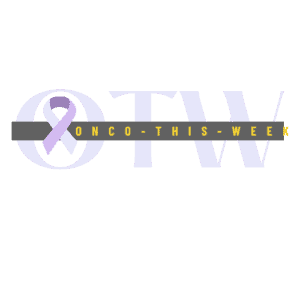“We believe subcutaneous nivolumab has the potential to make a significant difference in the lives of patients, which is reinforced by the FDA’s acceptance of our application,” said Gina Fusaro, Ph.D., vice president, global program lead, Bristol Myers Squibb. “Opdivo is a foundational PD-1 inhibitor approved for many different types of cancer, and our continued investment in research that puts patients first remains a priority. If approved by the FDA, the subcutaneous administration of nivolumab would provide patients and their physicians with a new option that delivers the same well-known benefits as IV Opdivo but with the improved convenience of an injection administered in three-to-five minutes rather than a 30-to-60-minute infusion.”




